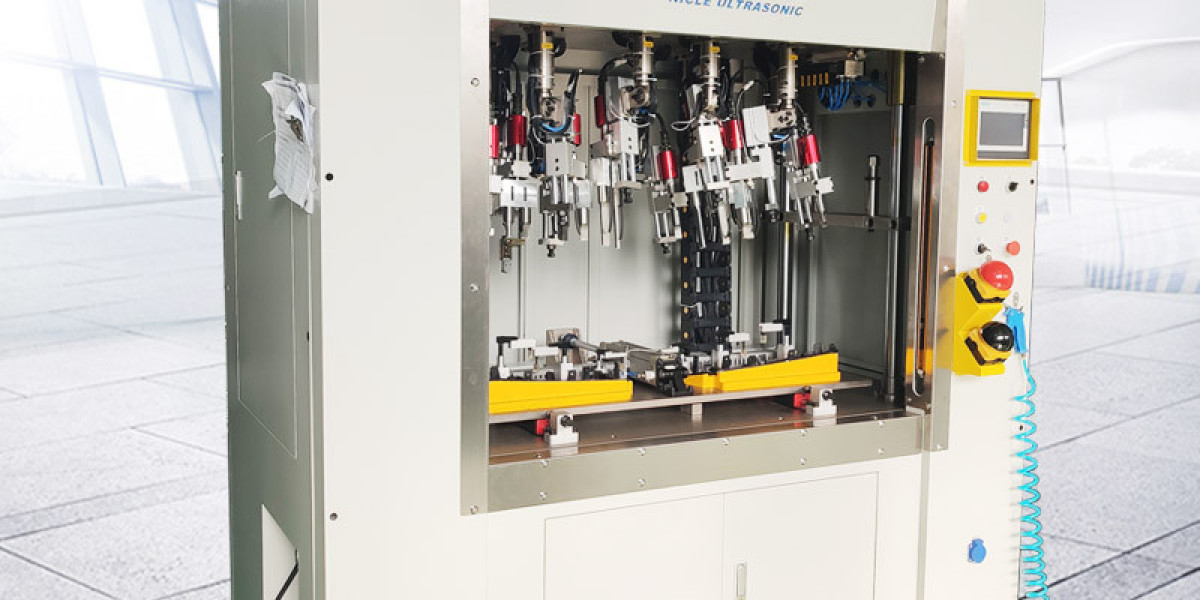Creating optimal joints for custom ultrasonic welding involves careful consideration of material selection and joint geometry.
Introduction
Ultrasonic welding is a highly efficient and precise method for joining plastic components, offering numerous advantages such as fast cycle times, strong bonds, and minimal material degradation. However, the success of ultrasonic welding largely depends on the design of the joints. This article provides insights into the design considerations for creating optimal joints when using
custom ultrasonic welding equipment, including material selection and joint geometry.
Material Selection
The choice of material is crucial in ultrasonic welding, as it directly affects the bonding quality and strength. Here are some key considerations:
Thermoplastic vs. Thermoset Plastics:
Thermoplastics: These materials soften and melt when heated, making them ideal for ultrasonic welding. Common thermoplastics used in ultrasonic welding include ABS, SAN, acrylic, polystyrene, nylon, polyethylene, and polypropylene.
Thermosets: These materials do not melt when heated, making them unsuitable for ultrasonic welding.
Material Compatibility:
Amorphous Polymers: These materials, such as ABS and polycarbonate, are easier to weld ultrasonically due to their gradual softening over a temperature range.
Semi-Crystalline Polymers: Materials like polyethylene and polypropylene have a more defined melting point and are more challenging to weld. They generally require higher energy inputs and specific joint designs.
Dissimilar Plastics:
When joining parts made from different plastics, consider the glass transition temperature (Tg), chemical compatibility, and melt flow index (MFI). For successful bonding, the Tg of the two materials should be within 40°F, and they should have similar chemical structures and MFI values.
Joint Geometry
The design of the joint is equally important for achieving strong and reliable welds. Here are some common joint designs and their characteristics:
Butt Joint with Energy Director:
This is the most common joint design used in ultrasonic welding. It features a small triangular ridge (energy director) molded into one of the mating surfaces. The energy director focuses the ultrasonic energy at its apex, causing the plastic to melt and bond the parts together.
For amorphous polymers, the energy director height should be between 0.008" and 0.025" (0.2 and 0.6 mm). For semi-crystalline polymers, a height between 0.015" and 0.020" (0.4 and 0.5 mm) with a 60° included angle is recommended.
Shear Joint:
Step Joint:
Tongue and Groove Joint:
Design Considerations
When designing joints for ultrasonic welding, consider the following factors:
Contact Area:
Horn and Tooling:
Preload and Pressure:
Adequate pressure ensures that the materials remain in contact during the
plastic welding process, facilitating efficient energy transfer and a strong bond.
Joint Geometry:
Focus on creating a joint geometry that supports the welding process. This includes designing energy directors, shear joints, or other configurations that facilitate efficient energy transfer and melting.
Conclusion
Creating optimal joints for custom ultrasonic welding involves careful consideration of material selection and joint geometry. By selecting compatible materials and designing joints that focus ultrasonic energy effectively, manufacturers can achieve strong, reliable bonds. Proper joint design not only enhances the strength and durability of the final product but also improves production efficiency and reduces waste. As industries continue to seek more efficient and sustainable manufacturing solutions, custom ultrasonic welding technology remains a valuable tool for achieving high-quality plastic assemblies.







